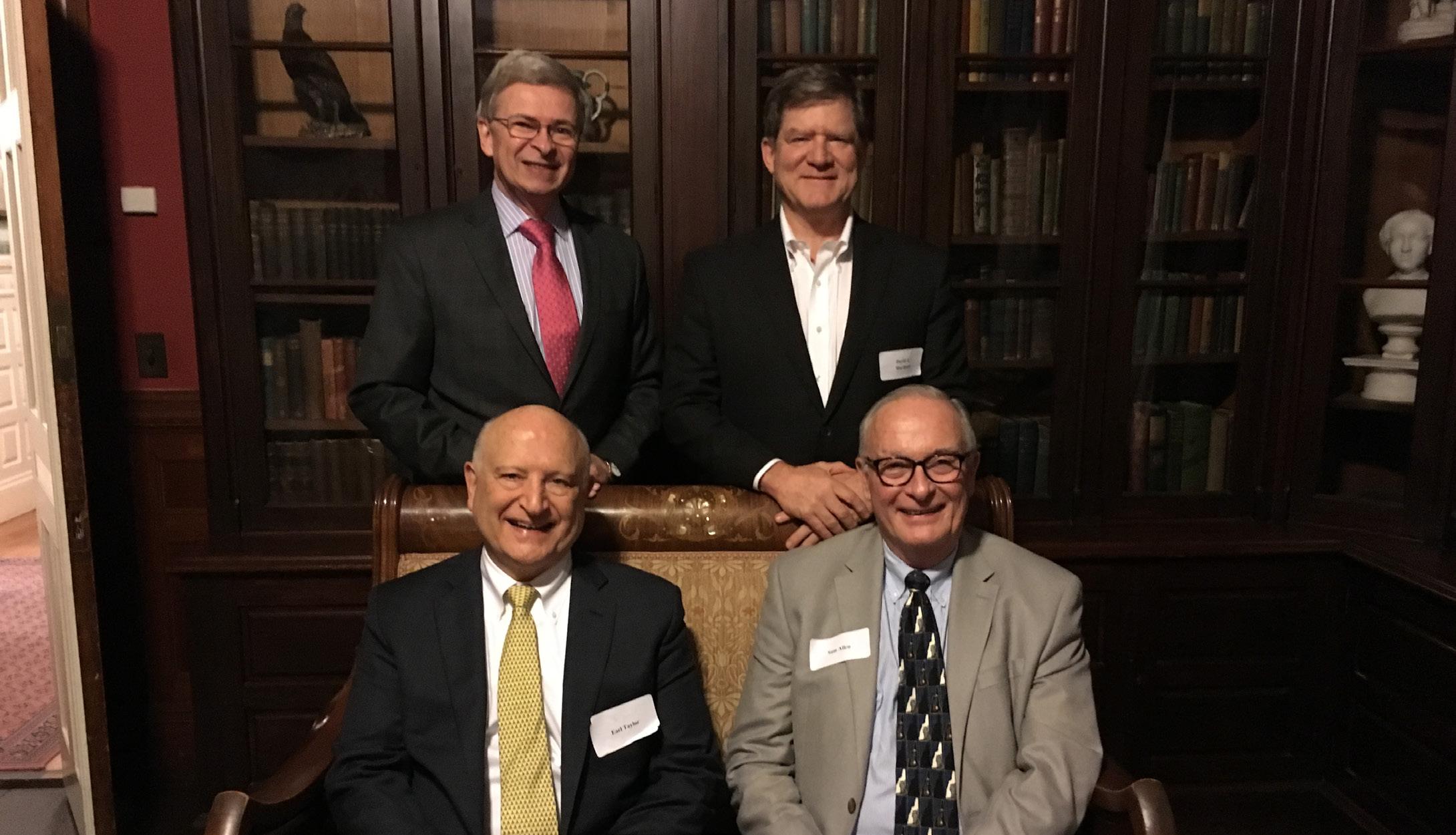
7 minute read
Collectors of Community
of
Last fall Historic New England celebrated the tenth anniversary of its Prize for Collecting Works on Paper. The prize recognizes collectors and dealers whose passion, dedication, and commitment to preserving and making accessible a record of human thought and activity has resulted in the creation of extraordinary collections. During the past ten years, Historic New England has honored twenty-one individuals for assembling and sharing paper-based collections that inform and enlighten us about the world around us. The collections range from World War II-related items to images of the American roadside diner, from minor American verse to the industries of the Shakers, from the history of pets in the United States to the Cape Cod Canal, among other topics.
Our tenth anniversary observance of the award acknowledged the importance and uniqueness of community collecting. “Community collectors tightly focus on a particular topic, often with personal knowledge of significant people, places, and events in local history,” said Carl R. Nold, president and CEO. “They deal with stories and materials that may be overlooked by institutional collecting. Their collections bring personal and local character to history, which may not be available from any other sources.”
The three collectors honored have enthusiastically gathered and shared material that greatly expands knowledge about their communities: Sam Allen of Dover, New Hampshire; Lance Llewellyn of Burlington, Vermont; and Earl Taylor of the Dorchester section of Boston. We asked each award winner to write about his collection. — Lorna Condon Senior Curator of Library and Achives
below Earl Taylor of Boston and Sam Allen of Dover, New Hampshire (both seated), two of the three recipients of the Prize for Collecting Works on Paper, with President and CEO Carl R. Nold (left) and David A. Martland, chair of the board of trustees. page 5 Promotional materials for the Dublin, New Hampshire, bicentennial commemoration and a circus in Newport, New Hampshire, are among the 4,000 items in the Granite State Collection.
The Granite State Collection The Granite State Collection comprises souvenirs and ephemera relating to anniversary and Old Home celebrations held in New Hampshire’s towns and cities. These items document the economic impact of such celebrations, reflect the character of the local people, and promote the uniqueness of the rural and urban communities of the state.
Beginning in the early 1800s, many anniversary celebrations were held as religious observances, with clergy
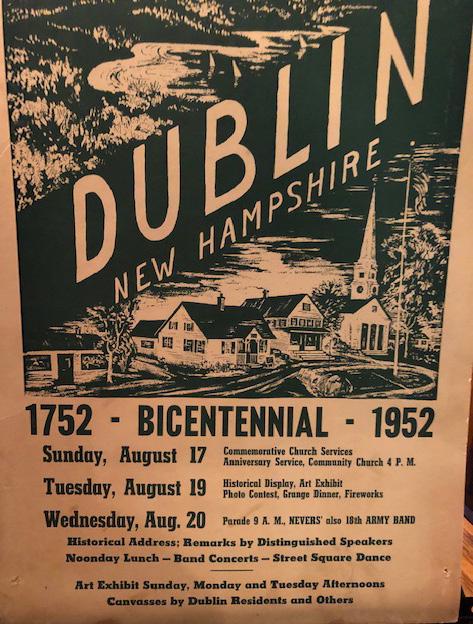
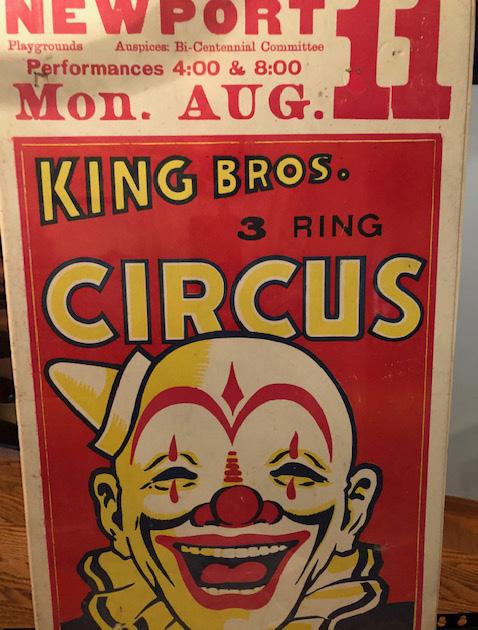
detailing local history in the sermons they delivered. The economy of New Hampshire at this time was primarily agricultural. As industrialization expanded during the early eighteenth century, New Hampshire’s growth occurred in the southern and eastern parts of the state. Realizing that many rural communities were having a difficult time generating industry, Governor Frank Rollins proposed in 1899 that communities hold Old Home celebrations with the intent of drawing former residents back to their hometowns and spurring economic vitality. As a remembrance of these celebrations, many communities issued annotated histories, booklets, and programs drawing upon historical events, local folklore, and landmarks.
These documents have given me—a native of New Hampshire who is drawn to history—insights into the social norms of the times and continue to lead me on a journey to discover the truly remarkable events that have shaped the state. Currently, the Granite State Collection has approximately 4,000 items with every incorporated town in the state represented. — Sam Allen
The Llewellyn Collection of Vermont History Accumulating “stuff ” requires having a number of idiosyncrasies. Concentrating these idiosyncrasies on a theme (such as Vermont, in my case) can distance you from being a hoarder. And when others appreciate what you’ve accumulated you are officially a collector.
I met Vermont in 1962 and the attraction was immediate. The educational opportunities and the people and places were pathways to my emerging world. The state made a significant impression on me. Leaving Vermont, however, was professionally inevitable so acquiring Vermont material meant that I could take a part of this place with me. I became a collector.
Lance A. Llewellyn

I began acquiring antiquarian state histories, town histories, early Vermont imprints, University of Vermont material, and then more contemporary and miscellaneous titles. This led to collecting things in other categories: maps, geology, guidebooks, Lake Champlain, involvement in wars, pamphlets, Burlington material including an extensive collection of postcards, sheet music, pennants, coins, medals, crocks, and considerable ephemera. These items represent more than 200 years of material. While my interests changed from time to time, the emphasis was always on collecting Vermontiana.
Much of the collection predates the ability to shop online. Most acquisitions meant a visit to a bookstore or antiques store ranging in location from California to England. Fellow collectors became competitors and usually friends. Collecting
Ephemera from the Lewellyn Collection of Vermont History, housed in Special Collections at Champlain College in Burlington. Clockwise from top left, a postcard with an October 9, 1913 postmark; a portfolio wrapper (c. 1900) with twenty souvenir cards depicting Vermont landscapes; and a view of downtown Burlington looking northeast at the intersection of Main and Church streets. The picture used for this postcard shows rear and side elevations of several buildings on the southwest corner of Church and Main streets, views that are not often captured. Also visible are City Hall and the Post Office.
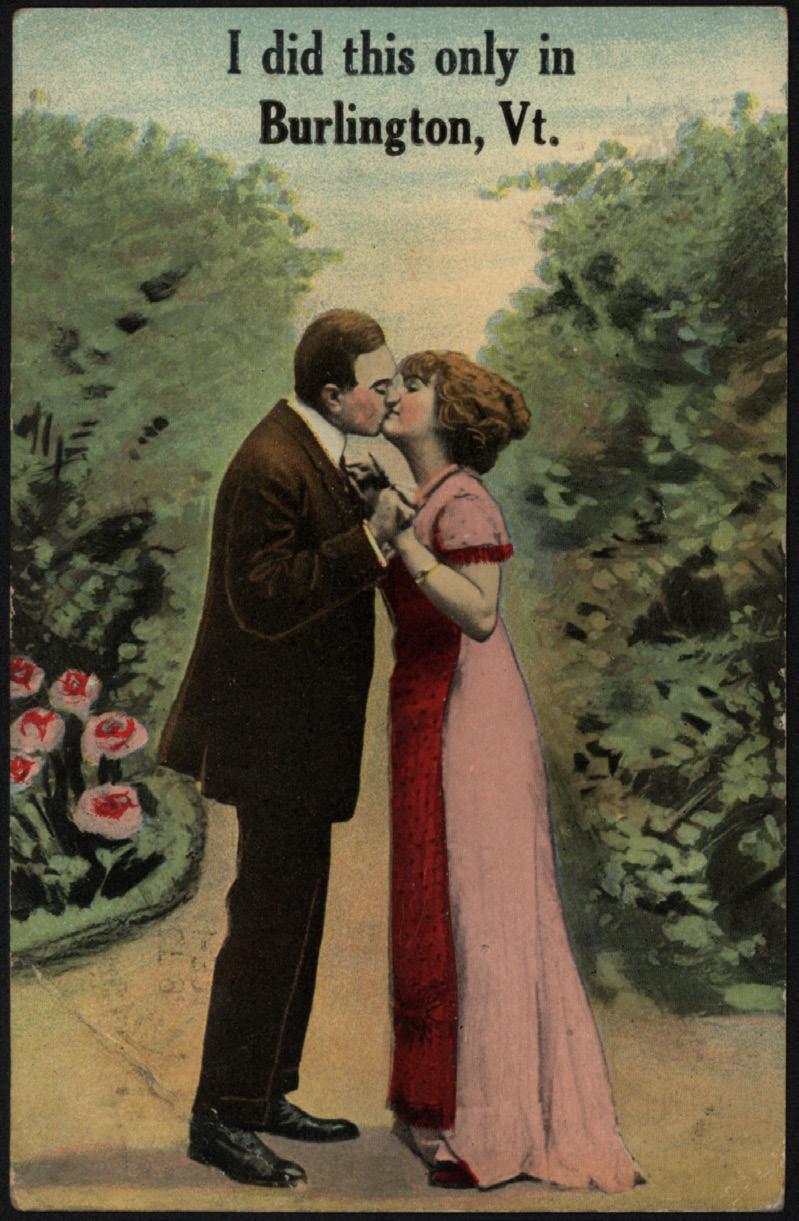
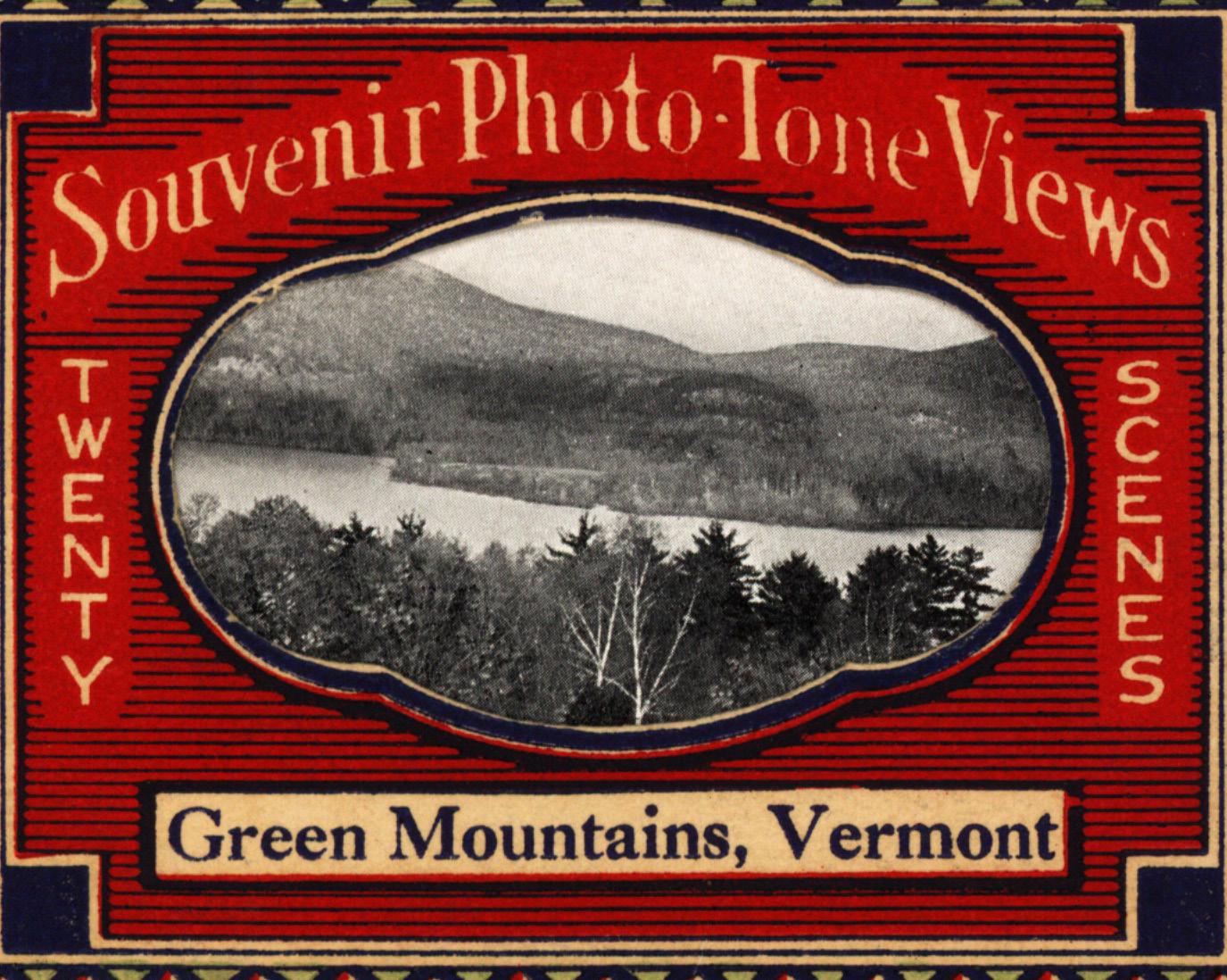
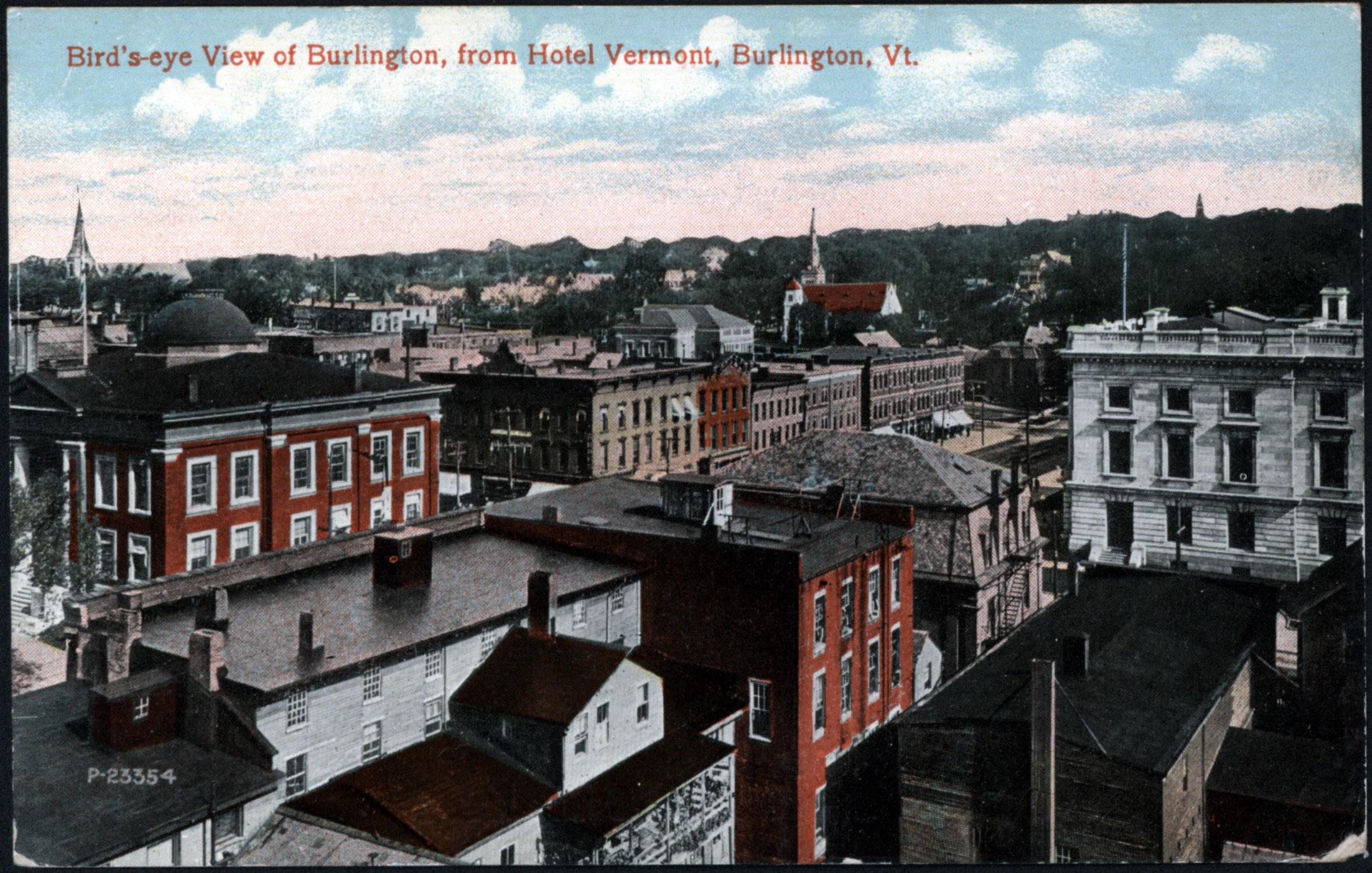
provided a variety of benefits.
The collection brought entertainment, satisfaction, and friendships. Later, my concern turned to the fate of the collection and the hope that others could enjoy it as I did. Fortunately, visionaries at Champlain College expressed similar thoughts and in 2010 we transferred my collection to Special Collections at Champlain College in Burlington, where it is on permanent display in the Roger H. Perry Welcome and Admissions Center.
Champlain is an excellent steward for the Llewellyn Collection and a forum for its continued enjoyment and growth. The college provides access for research and study and frequently hosts events with topics chosen from materials in the collection. The public as well as Champlain personnel will forever have access to the Llewellyn Collection. — Lance A. Llewellyn
The Dorchester Collection
There are unhealthy and healthy obsessions; collecting is among the latter, and the fixes it demands are rewarding. I have often said that if I own two of something, then I have the start of a collection. Anyone who has seen my house would confirm that that is the case. Only in looking back have I realized that I would have had no clutter if I had limited myself to digital books and images instead of acquiring the real thing.
In 2001 I started collecting items
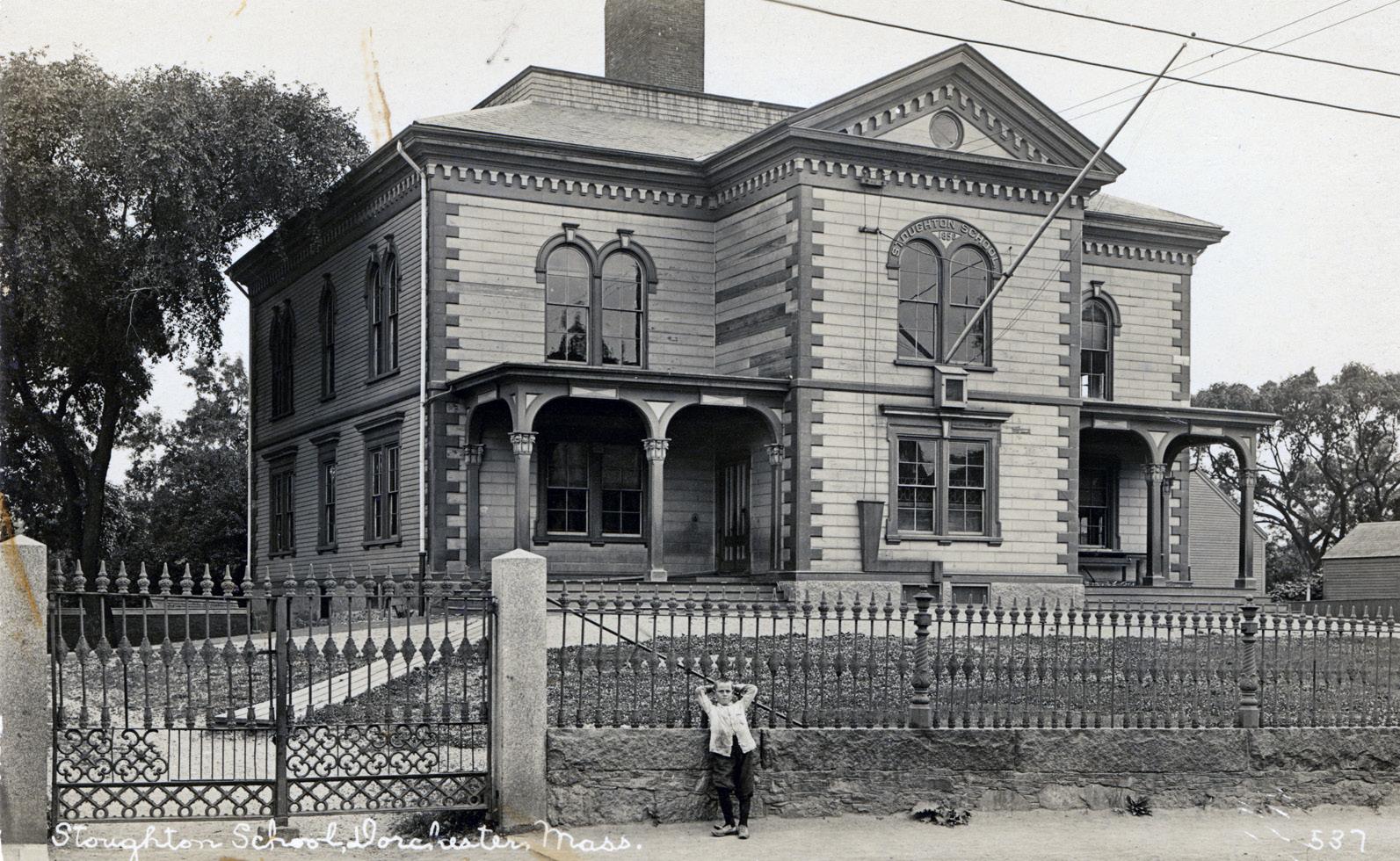
related to the Dorchester section of Boston in earnest, after joining the board of the Dorchester Historical Society. The Society had a substantial collection of objects from the seventeenth century through the end of the twentieth century. However, I noticed that while the Society had books and manuscripts relating to the seventeenth through mid-nineteenth centuries, there was a need for more collecting for the period spanning the mid-nineteenth century to the present.
I have long been a visitor to secondhand bookstores around New England. In 2001 I discovered
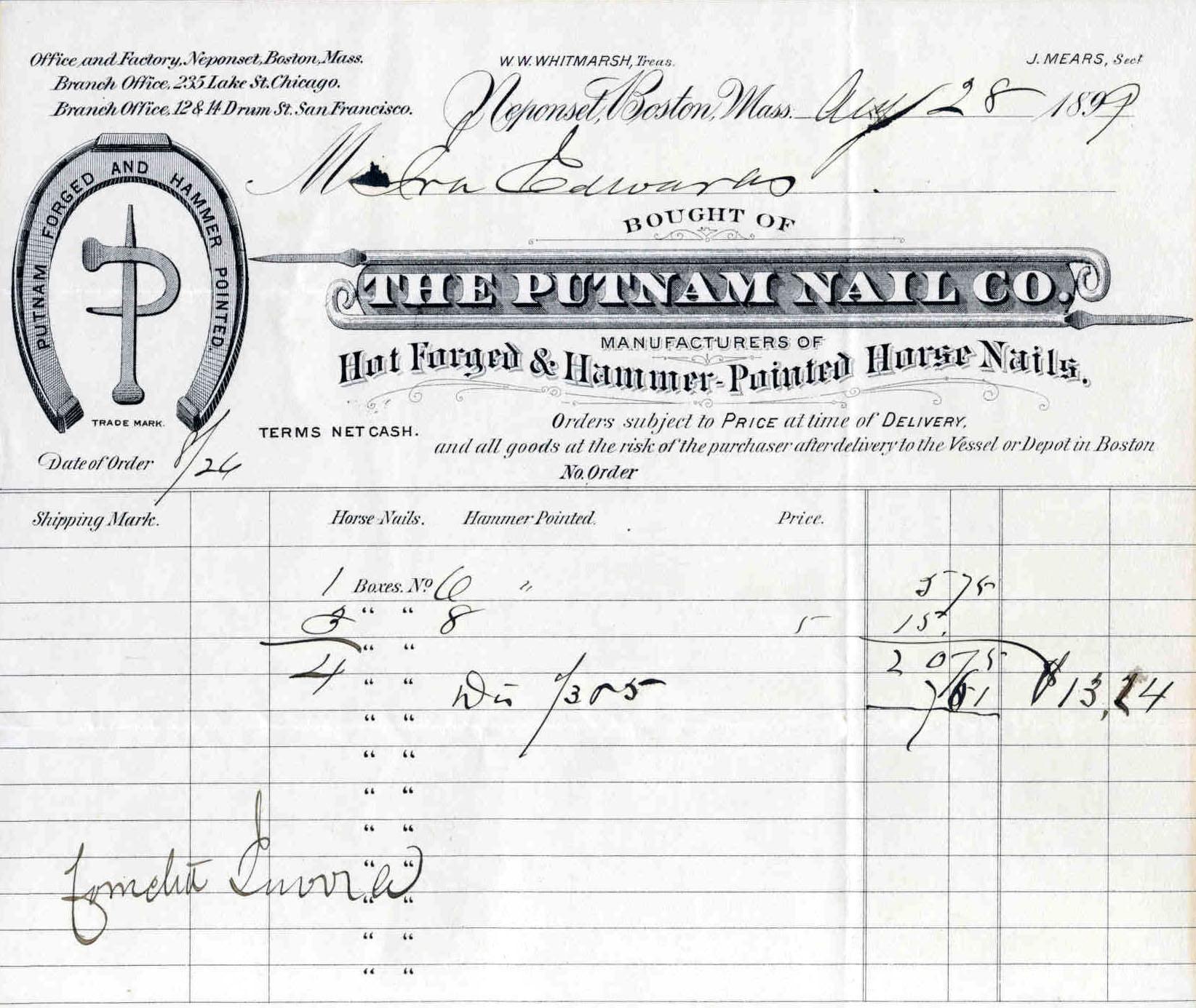
the Internet, in particular, eBay. All of a sudden, the world was at my fingertips. I started with postcards showing Dorchester scenes; the collection of postcards grew to more than a thousand. At the same time, I discovered matchbook covers, maps, books, pamphlets, paper money, advertising, and other ephemera. In some weeks, five or six packages would arrive each day. When storage space became an issue, all the Dorchester items were transferred to the Society.
I have always had an interest in history and in my early professional life, after earning a degree in library science, I worked at some of the premier rare book libraries in New England. Then the real estate industry lured me away from the library profession with the promise of a higher income. Acquiring Dorchester items is my way of managing my collecting obsession. — Earl Taylor

Items from the Dorchester Collection: a billhead receipt issued by The Putnam Nail Co., located in the Neponset section of Dorchester; a skating club decal; and a 1907 view of the Stoughton School, the work of Gridley J. F. Bryant, an influential New England architect.










